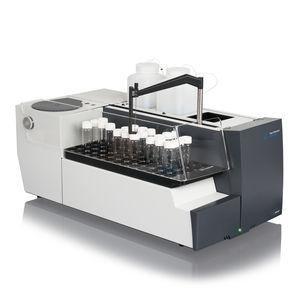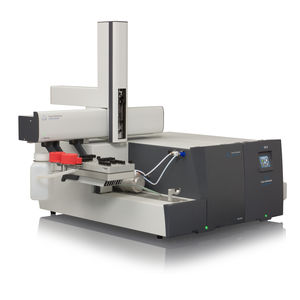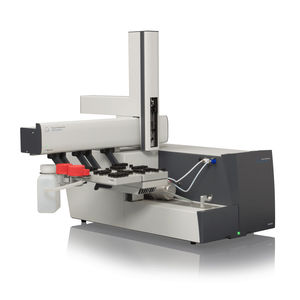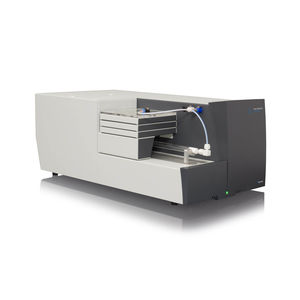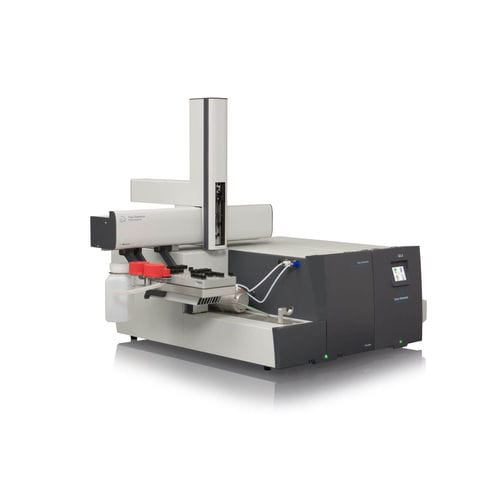
Sulfur analyzer XPLORER TStraceelementalbenchtop







Add to favorites
Compare this product
Characteristics
- Measured entity
- sulfur
- Measured value
- trace, elemental
- Configuration
- benchtop, compact
- Technology
- UV fluorescence
Description
The XPLORER-S is the smallest Total Sulfur analyzer available in the market. This advanced elemental combustion analyzer offers fast, accurate and precise analysis of liquid, LPG, gas and solid samples. It is designed to offer standardized and customized solutions to match both current and future analytical needs, ranging from low ppb’s to high ppm’s. UV-Fluorescence detection through high temperature sample combustion is the reference method for determination of Total Sulfur. Trace Elemental Instruments Software (TEIS) ensures intuitive and smooth control of your analysis.
Common Applications:
• Chemicals (e.g. Plastics, Aromatics, Olefins and Parafines)
• Refinery Products (e.g. Crude Oil, Naphta, Lubricants, Gasoline, Diesel Fuel, Fuel Oil)
• LPG and Gases (e.g. Pentane, Butane, Propane, Propylene)
Background
Sulfur dioxide is a chemical compound that is created in various industrial processes. Petroleum often contains sulphur compounds, and their combustion causes sulfur dioxide (SO2). Further oxidation of SO2, generally accompanied by a catalyst such as NO2, forms H2SO4; acid rain. This is one of the reasons that fuels are monitored regarding their environmental impact. For example: In Europe, the maximum allowed amount of sulfur in diesel has been set at 10 ppm.
VIDEO
Catalogs
No catalogs are available for this product.
See all of TE Instruments‘s catalogsExhibitions
Meet this supplier at the following exhibition(s):

Related Searches
- Gas analyser
- Concentration analyser
- Liquid analyser
- Desktop analyzer
- Automated analyzer
- Dust analyzer
- Compact analyser
- High-performance analyser
- Trace analyser
- Modular analyser
- Automatic sampling system
- Elemental analyzer
- Nitrogen analyser
- Sulfur analyser
- Gas sampling system
- CnHm analyzer
- Chlorine analyser
- Nitrogen oxide analyser
- Combined analyser
- Ppb analyser
*Prices are pre-tax. They exclude delivery charges and customs duties and do not include additional charges for installation or activation options. Prices are indicative only and may vary by country, with changes to the cost of raw materials and exchange rates.


